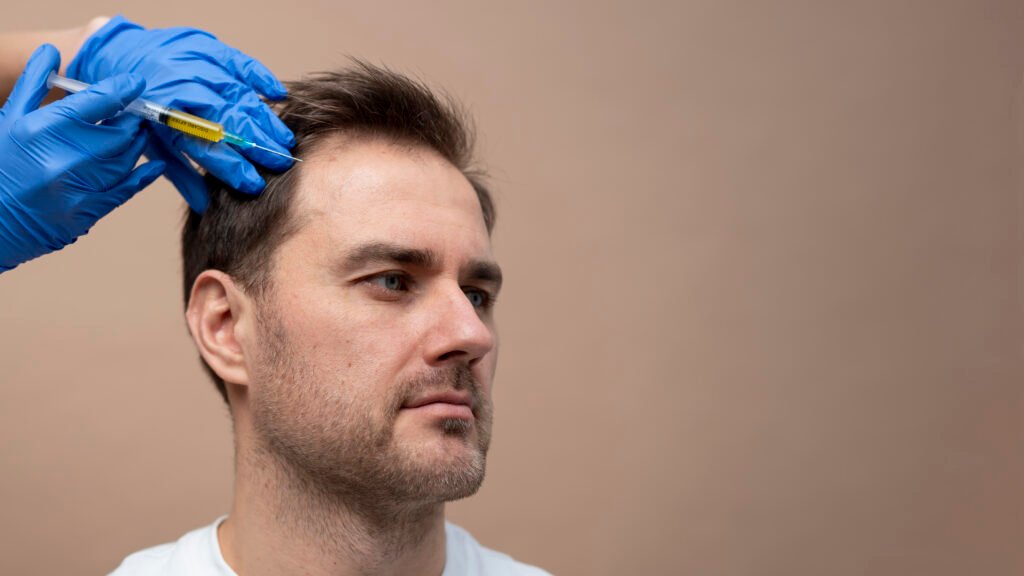Hair loss is a concern that affects all of us and it’s common nowadays. Dry scalp, oily hair and hair loss can do wonders from what you feel and think about yourself. And amid the hundreds of different treatments, there’s one name that keeps coming up: PRP therapy for hair loss. But how much does it really matter? And isn’t this all spun up hype? Let’s find out.

PRP works best in cases of:
PRP is not a “miracle cure.” “If the follicles have been dormant, completely dormant, for many years; and no activity has been observed, like in people who are permanently bald: PRP will not work in those circumstances by itself,” she says. In these instances, it’s possibly totally appropriate to administer PRP as an adjuvant in treatment options, in combination with other treatment efforts – e.g. lifting meds or surgery for the best of both worlds.
So, does PRP work for hair loss?
Yes — when performed properly and in an ideal candidate, PRP may lead to significantly less hair fall and more thickening. No, you’re not going to wake up miraculously looking 30 years younger one day but making it a regular element of your routine will leave your skin and look in a way that seems unbounded by the hands of time.
If you are experiencing thinning hair or lose hair, it may be worth seeing a pro to discuss whether prp is right for you.
With hair loss PRP treatment, it is not a single size fits all. At VK Allure Derma PRP treatments are tailored according to the type of hair and scalp problem you are needling for a risk-free, personalized as well as natural result.

written on 19/09/2025
© VK Allure Derma Clinic2025
WhatsApp us